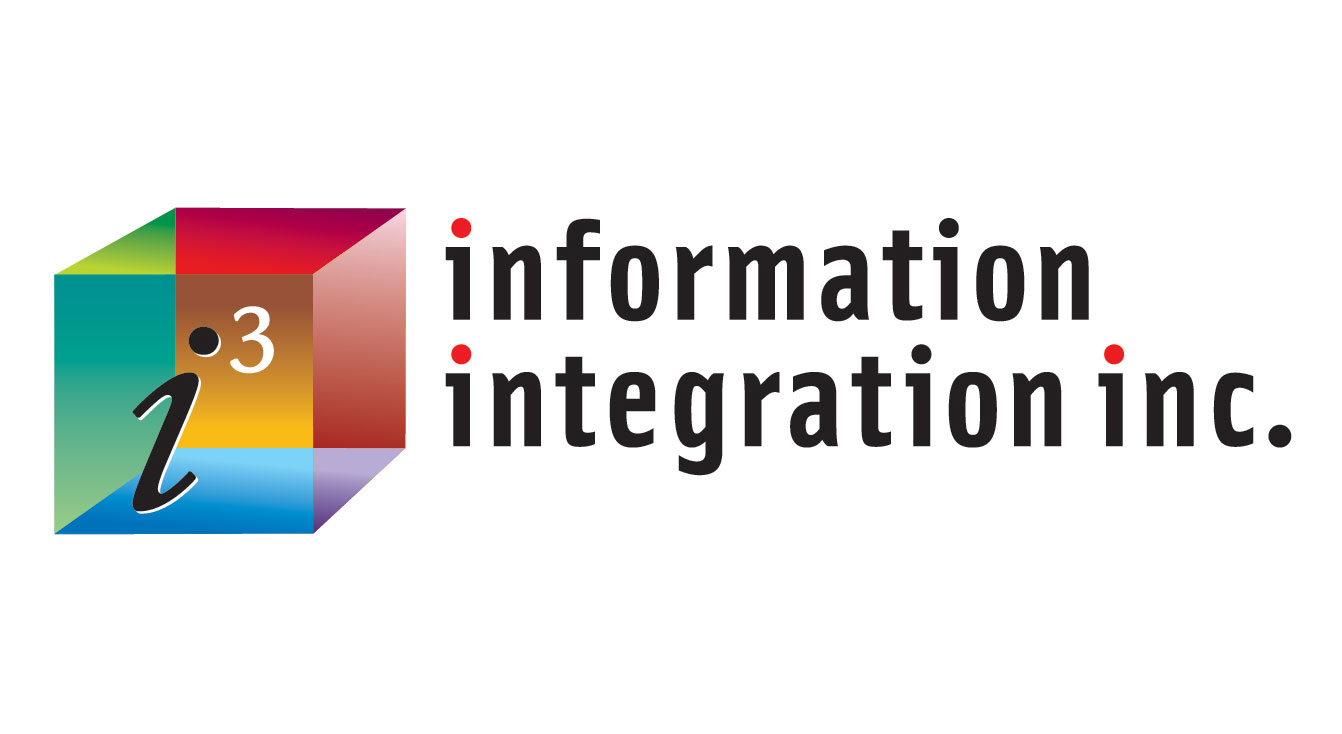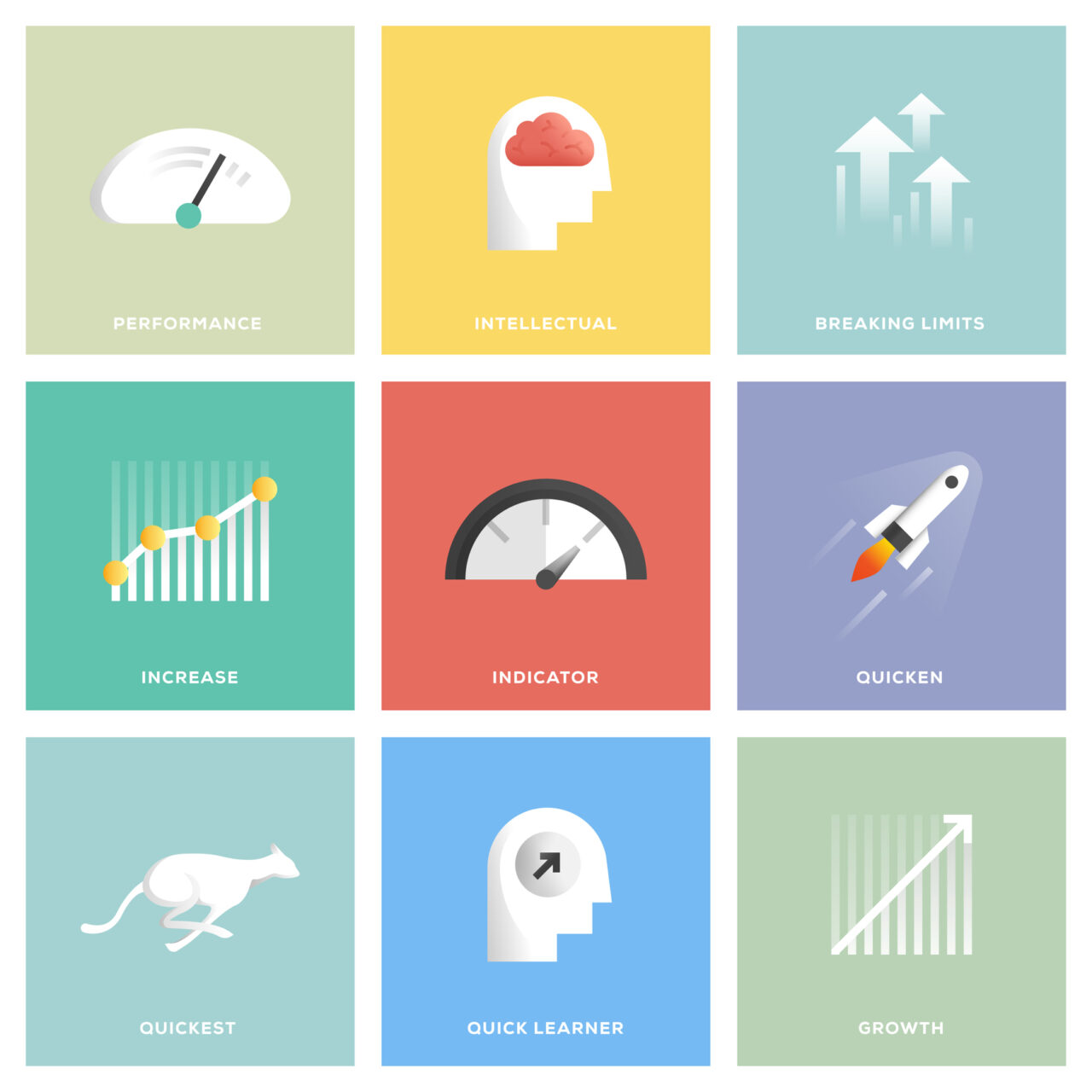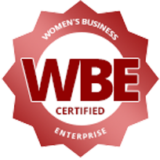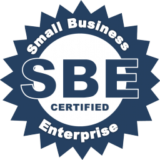The rapid shift of training to online formats as a result of the pandemic led many organizations to hastily repurpose instructor-led classroom content that was, in many cases, not intended to be delivered via online platforms. Recognizing that something more permanent was needed moving forward, Learning and Development (L & D) teams have begun to reimagine their corporate learning programs to replace these make-shift classes, as well as to more effectively meet the needs of today’s learners.
Virtual Learning is a Mainstay
Virtual learning has become a workplace mainstay for most companies ̶ whether people continue to work remotely, onsite, or a hybrid of both.
As a result, businesses must reinvent their learning and other support materials so that they are flexible enough for employees to take or refer to when needed, and are integrated into daily work meaningfully to support the development of required skills. Also, with content being delivered primarily online, learning styles must be considered when developing the training since today’s learners would prefer not to invest significant portions of their day in long elearning modules or in searching the company’s intranets for answers to their “how to” questions.
Learning Design Elements
There are many elements that can be used to make courses impactful and engaging. Here are a few to consider:
Microlearning – This has been around for quite a while and is increasingly growing in popularity, both because of its accessibility and ease of scheduling, as well as for its variety. Typically designed to be available at the moment of need, microlearning can include the use of videos, simulations, podcasts, games, interactivity, quizzes, social media, collaboration, infographics, job aids, and more. And it enables employees to quickly access the information they need to perform a specific task. Perfect for today’s learner!
Experiential – Training content in the form of blocks of narrative has largely been superseded by learning experiences presented in various formats. Interestingly, some training professionals are evolving with this trend and using the title ‘Learning Experience Designer’ instead of ‘Instructional Designer’.
As I wrote in Pumping Up Learning for Millennials, younger audiences are demanding experiential learning — which is what they have become accustomed to since the advent of learning via YouTube and social media. That said, ROI studies have shown that learners of all ages are able to develop skills more effectively when the learning format contains experiential components.
Personalized – Training that is personalized for the learner has also been gaining traction and momentum as its effectiveness becomes increasingly clear and as companies adopt practices, design techniques, and technology to support personalization. While this takes more forethought, planning, time, and effort, the results in terms of performance, retention, and job satisfaction are inspiring and motivating many firms to make this investment. This includes, but isn’t limited to:
- Learning paths designed for specific roles that guide the learner along a path to acquire the knowledge and skills that are in alignment with the responsibilities and requirements of their position, as well as (in some firms) in alignment with their personal career path. Specific learning objectives are designed into the training, and the personalized learning paths are typically self-paced.
- Adaptive design does just what its name implies – content is designed in very small chunks with flexibility in mind so that it can adapt to the learner. An adaptive course will have the same objectives for all learners, but is not taken linearly. Instead, the design allows leaners to skip what they already know and focus on what they need to learn or on areas in which they need reinforcement. This can also be nicely integrated with learning paths.
- Intelligent portals in which a user’s login credentials give them access to specific information, learning, and support resources in alignment with their particular role and functions are now in use in many companies.
Feedback and coaching – Design live online and elearning courses that incorporate opportunities for personal feedback, learning and remediation plans, iterative coaching, and ongoing assessments to determine if there are any continuing learning gaps. This is important since one size does not fit all, and everyone learns differently and at varying paces.
Collaboration through Social Media– Whether working remotely or onsite, collaboration is essential. Social Media platforms enable you to share content and incorporate group-based work, mentorship, ideas, discussions, quizzes, and more. This type of environment is learner-centric and fosters creativity and innovation.
Holistic Learning and Development –Learning and Development should extend beyond business and technical skill development. Mental health and productivity skills, including focus, motivation, and self-care are essential traits of successful organizations and should be incorporated into your learning plans. (Check out our Workplace Wellness insights).
Know Your Learning Culture
In the ever-evolving L & D environment, it is crucial to stay on top of technology trends, but equally important to not lose sight of the human factor. Investing time and resources in getting to know your employees’ needs and preferences will provide valuable insight into your company culture. Once you understand your unique culture, you can then choose learning elements that will be well received and best accomplish your firm’s goals.





